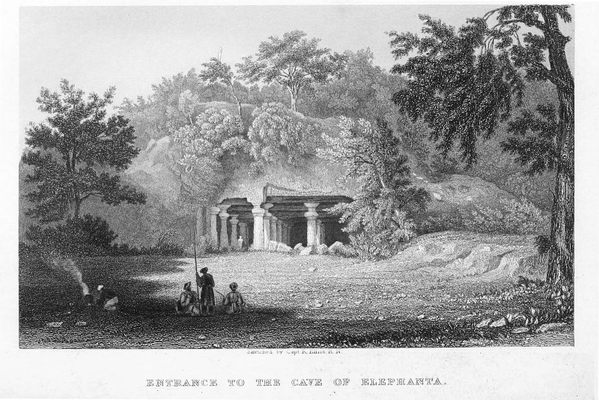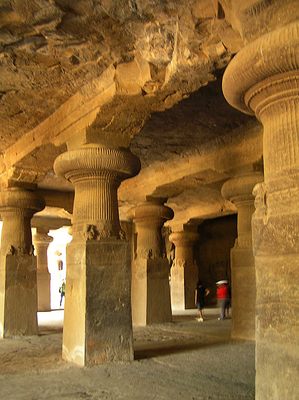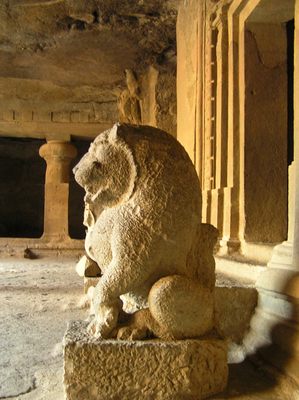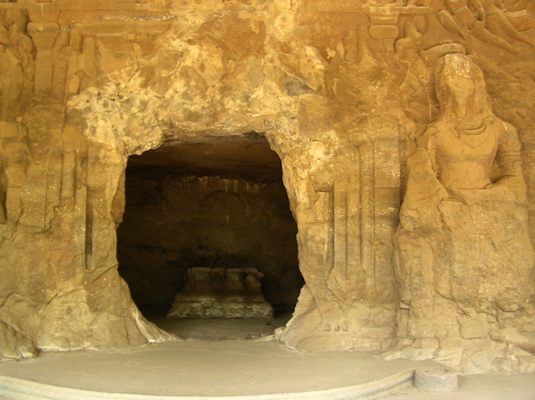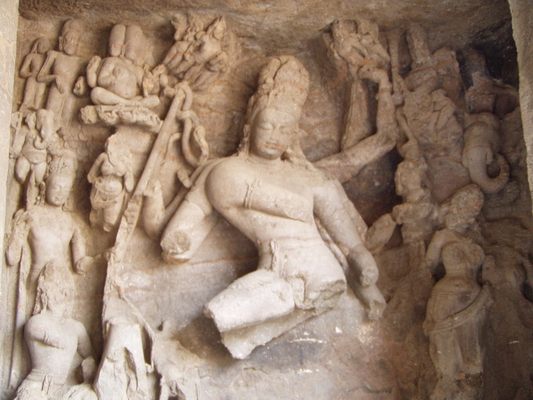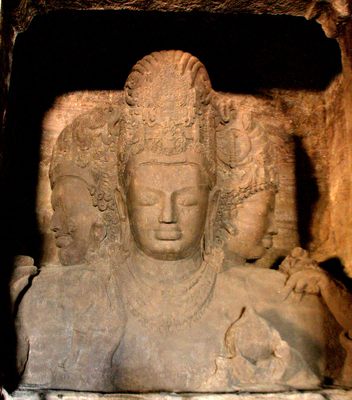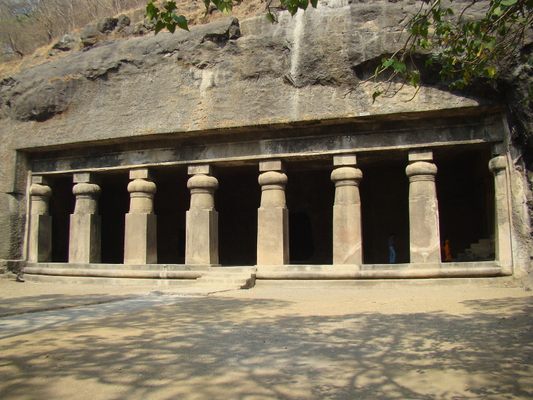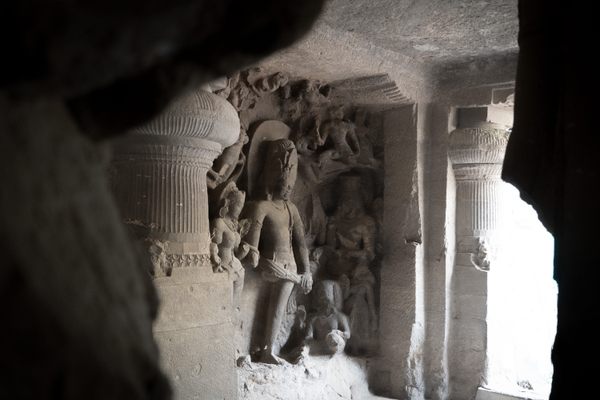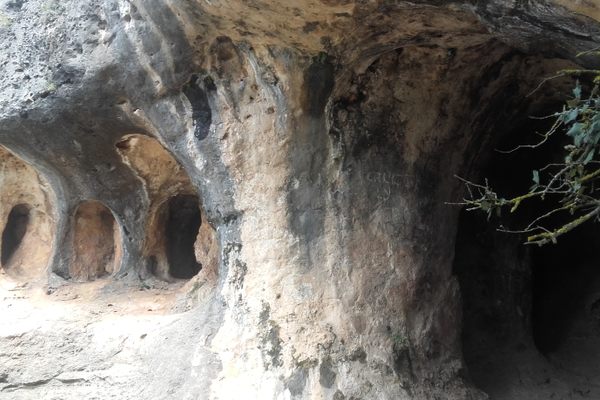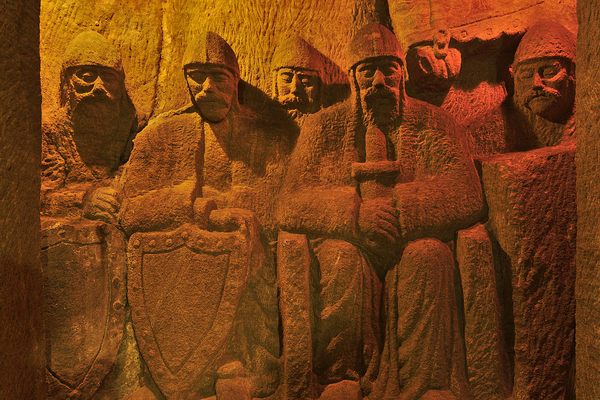About
When the Portuguese arrived on the west coast of India in 1534, they discovered an extraordinary island riddled with ancient galleries carved from the solid rock of the hillsides.
Filled with exquisite carvings and standing sculptures, they named the island and its "city of caves" Elephanta, after the monumental elephant they found on the island. Then they began using the carvings for target practice.
Located off the coast of Mumbai, the Elephanta Caves on Elephanta Island (also known as the Island of Gharapuri) are thought to date as far back as the 5th to 8th centuries, although their origins remain mysterious. There are seven caves carved from the rocky basalt hillside, including both Buddhist and Hindu sculptures and bas reliefs. The larger group of five caves feature Hindu imagery, while a smaller group of caves on the eastern side of the island are Buddhist. Originally painted, the now plain stone has survived the centuries a bit worse for wear but extraordinary nonetheless.
An important part of Indian architectural tradition, there are more than 1500 rock-cut structures in India—more than anywhere else in the world. The caves at Elephanta are only a small portion of extraordinary rock architecture in the country, such as the rock-hewn temples at the Ellora and Ajanta complexes.
The Elephanta Caves were restored in 1970, and are now a UNESCO World Heritage Site. There are still concerns for the future of the caves, suffering both from the elements and ravages of time, as well as pressures from tourism and a growing population on the island.
The elephant carving originally standing guard on the island is now on display at Bhau Daji Lad Museum in Mumbai.
Related Tags
Delhi and Rajasthan: Colors of India
Discover Colorful Rajasthan: From Delhi to Jaipur and Beyond.
Book NowCommunity Contributors
Added By
Edited By
Published
May 9, 2014

